Dollar Spot Turf Disease
Dollar spot turf disease. Disease symptoms commonly result in poor turf quality and appearance. Turfgrasses that are deficient in nutrients especially nitrogen are more prone to dollar spot and also recover from. Then when conditions are right the fungal spores become active which encourages the disease to develop.
Characteristic symptoms on creeping bentgrass. Dollar spot is rare on sports turf and professional landscapes. The spots may be slightly sunken causing an uneven surface and can merge to form large areas of affected turf.
Fluffy white mycelia can be seen when fungus is actively growing during morning periods of heavy dew. They are bound at either end by a darker reddish-brown band separating the affected tissue from the healthy green tissue. Dollar spot is an infectious lawn disease that affects the leaf or blade of the turf rather than the root.
Dollar spot favors high humidity and temperatures ranging from 60 to 85 degrees F. Dollar Spot is caused by a fungus called Sclerotinia homeocarpa which lives in most turfs. Dollar Spot is a turf disease effecting many different turf varieties.
Dollar Spot disease appears as small dollar size spots of pale bleached turf. Dollar spot will have small creeping round spots between 1-10 inches in diameter and. The disease occurs from early spring through.
Dollar spot is caused by the four species in the genus Clarireedia in the family Rutstroemiaceae. Dollar spot affects most types of warm- and cool-season grasses but especially fescues ryegrasses bentgrasses bluegrasses bermudagrasses and zoysiagrasses. During the Winter it lies dormant in the soil and thatch layer.
The disease is a common concern on golf course turf but is rare in sports turf and professional landscapes. It is a disease that favors bentgrass or bluegrass and is rare on sports turf such as fescue.
Characteristic symptoms on creeping bentgrass.
Turfgrasses that are deficient in nutrients especially nitrogen are more prone to dollar spot and also recover from. The spots may be slightly sunken causing an uneven surface and can merge to form large areas of affected turf. Turfgrasses that are deficient in nutrients especially nitrogen are more prone to dollar spot and also recover from. The spots may coalesce to form large areas of affected turf Plate 4. Dollar Spot lesions on leaves are a pale bleached colour. Dollar spot is caused by the fungus Clarireedia jacksonii formerly Sclerotinia homoeocarpa. The disease is a common concern on golf course turf especially creeping bentgrass and annual bluegrass greens tees and fairways where it can result in poor turf quality and appearance. Dollar spot favors high humidity and temperatures ranging from 60 to 85 degrees F. Characteristic symptoms on creeping bentgrass.
On residential turf dollar spot usually accompanies the normal depletion of nitrogen nutrition in late spring or early summer. Dollar spot is an infectious lawn disease that affects the leaf or blade of the turf rather than the root. Dollar spot is caused by the fungus Clarireedia jacksonii formerly Sclerotinia homoeocarpa. During the Winter it lies dormant in the soil and thatch layer. This disease affects highly managed turf stands worldwide. Spots appear as sunken areas in the turf especially low mown turfgrass 05 inches or less. Dollar spot favors high humidity and temperatures ranging from 60 to 85 degrees F.


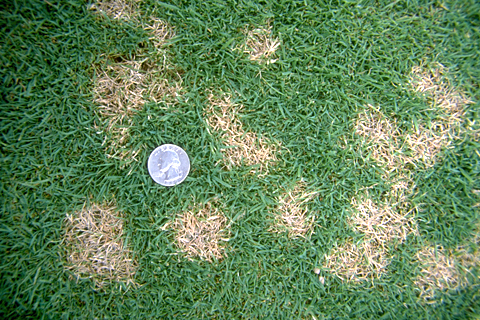
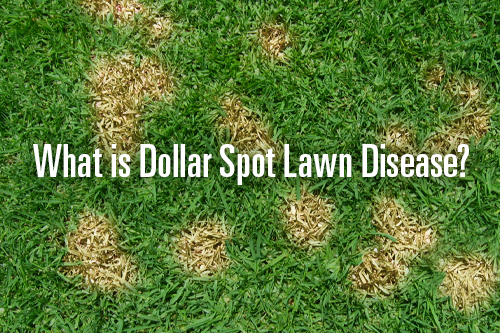
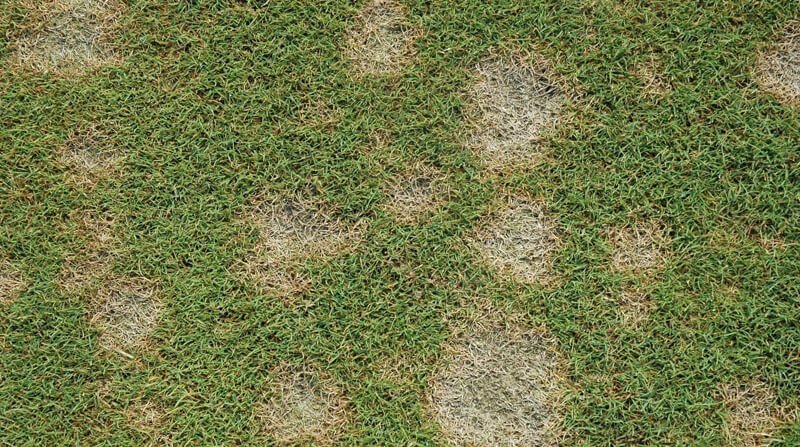
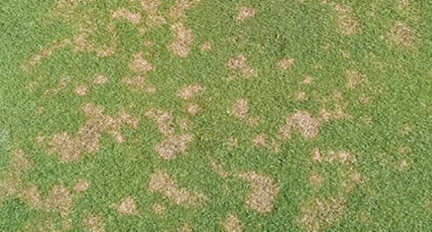
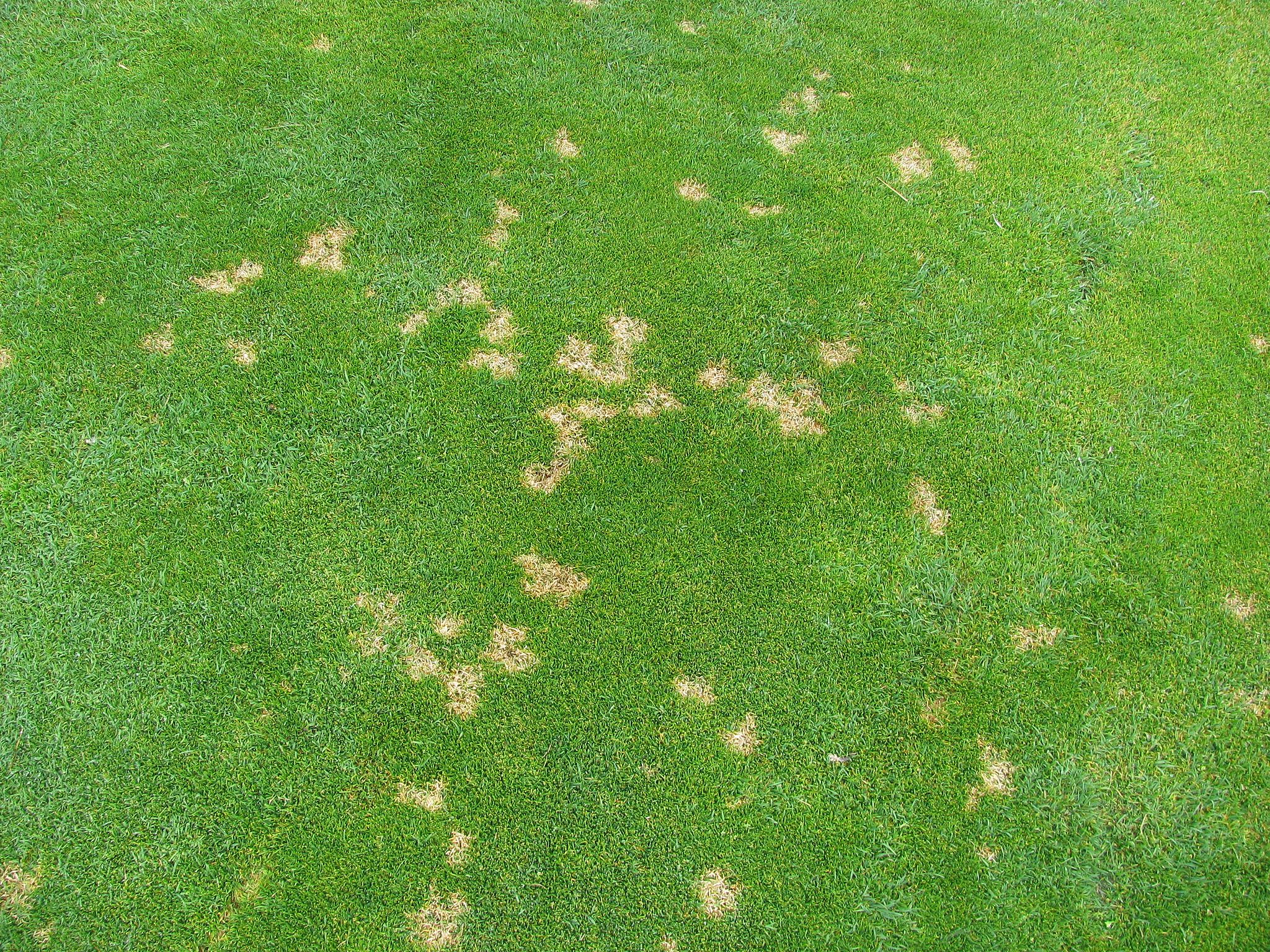



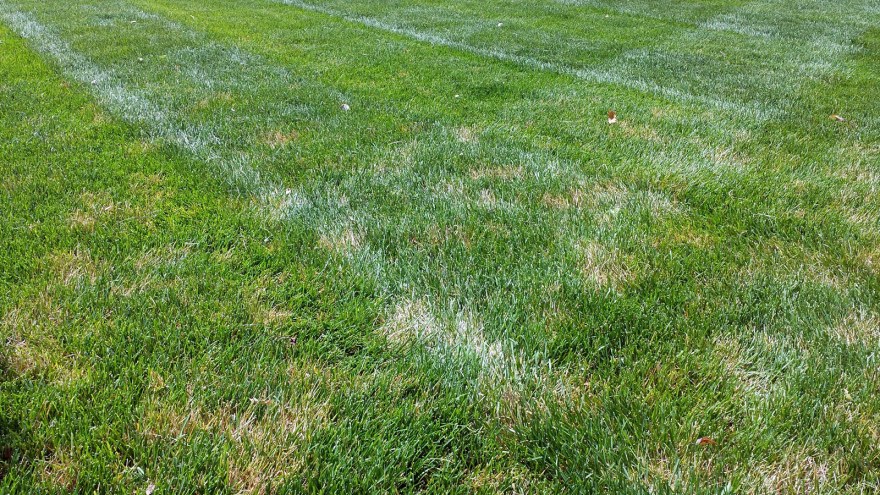

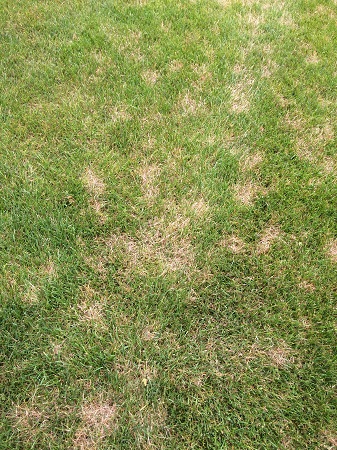

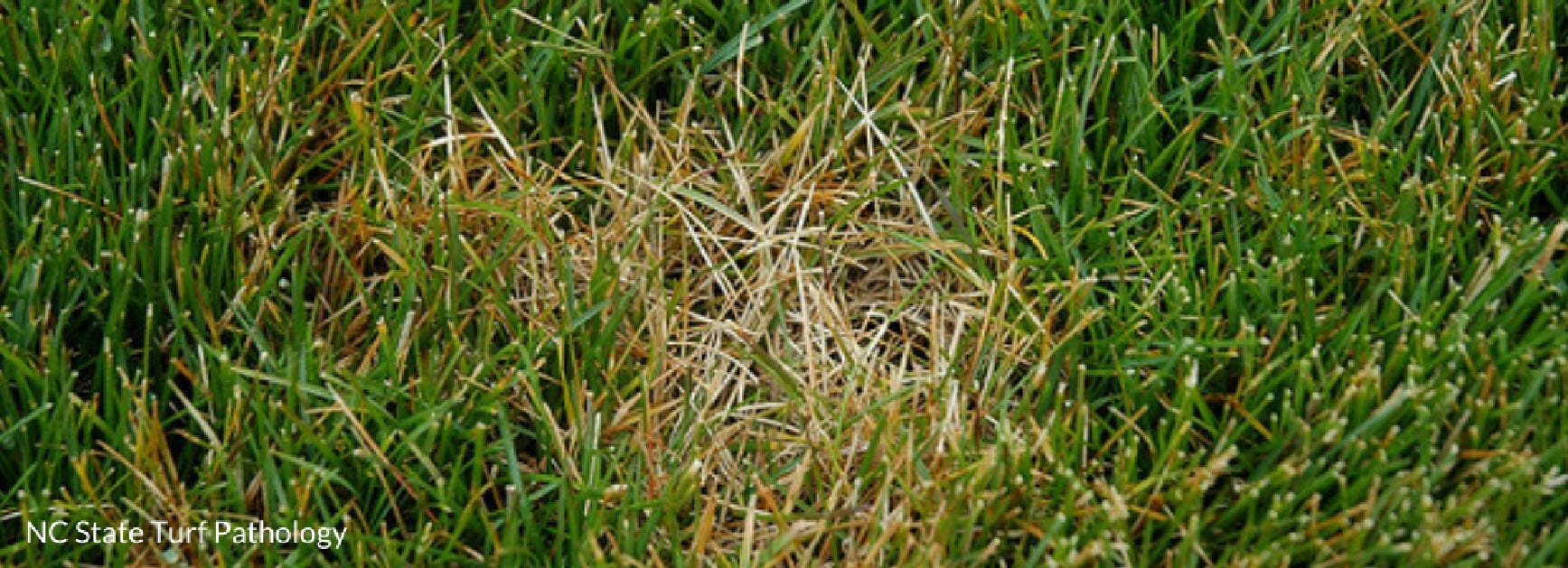

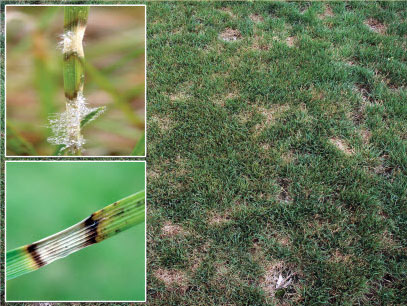
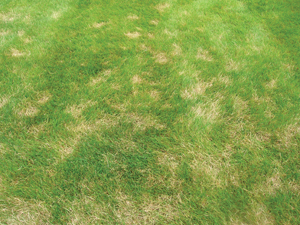

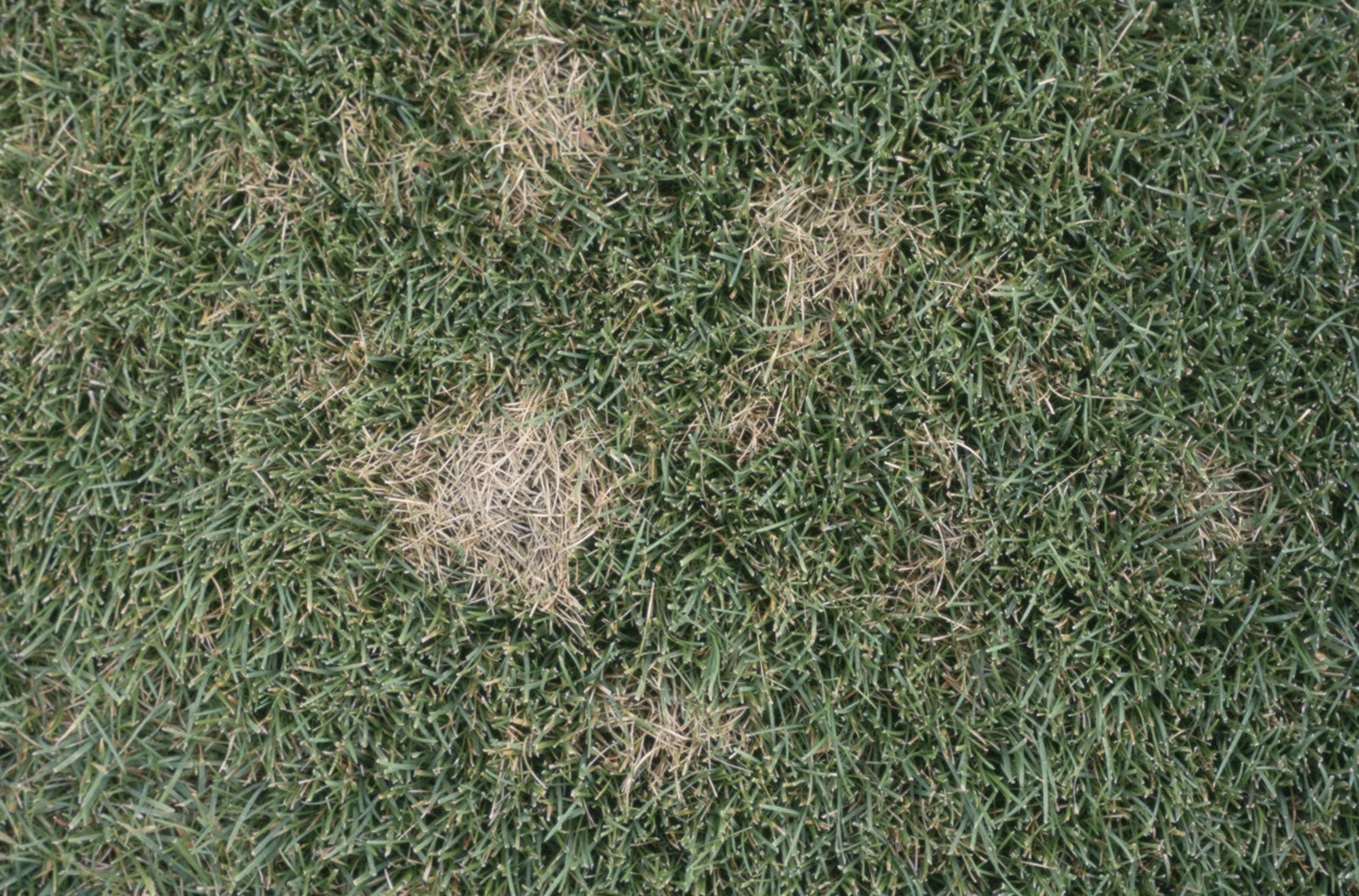


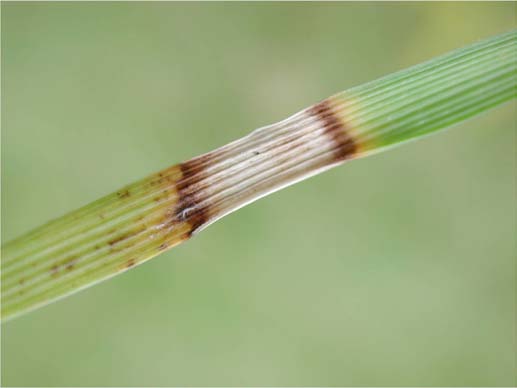

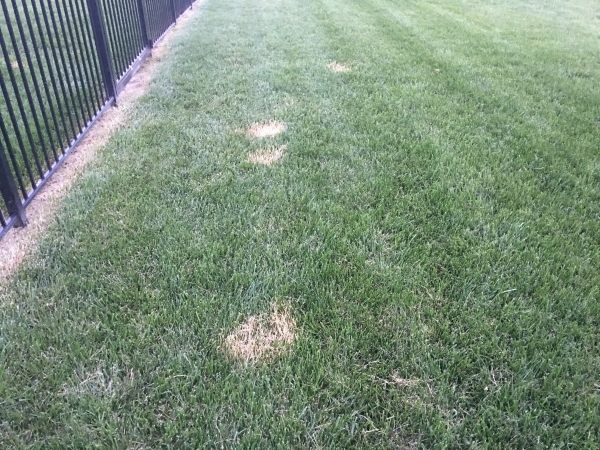
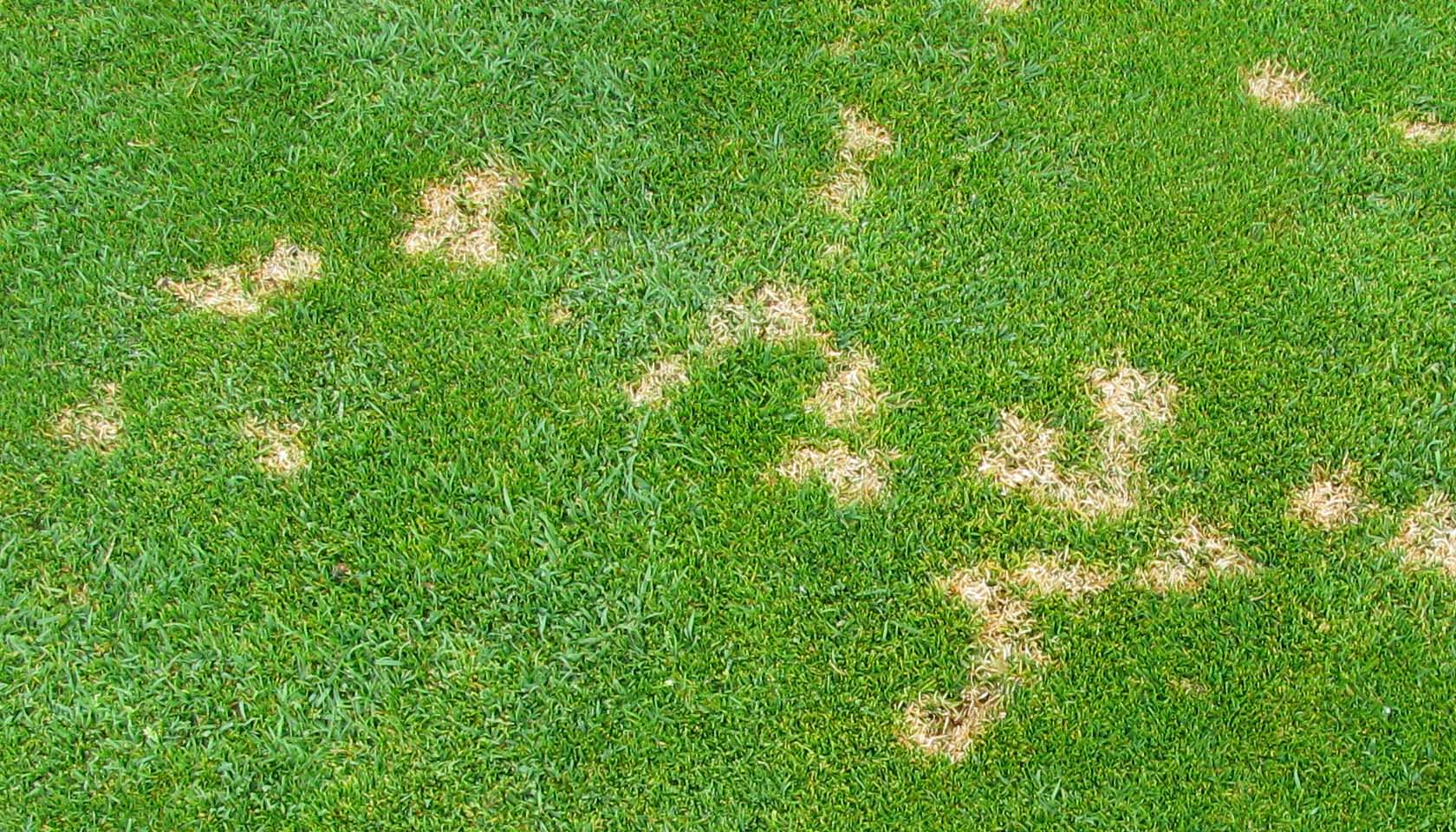
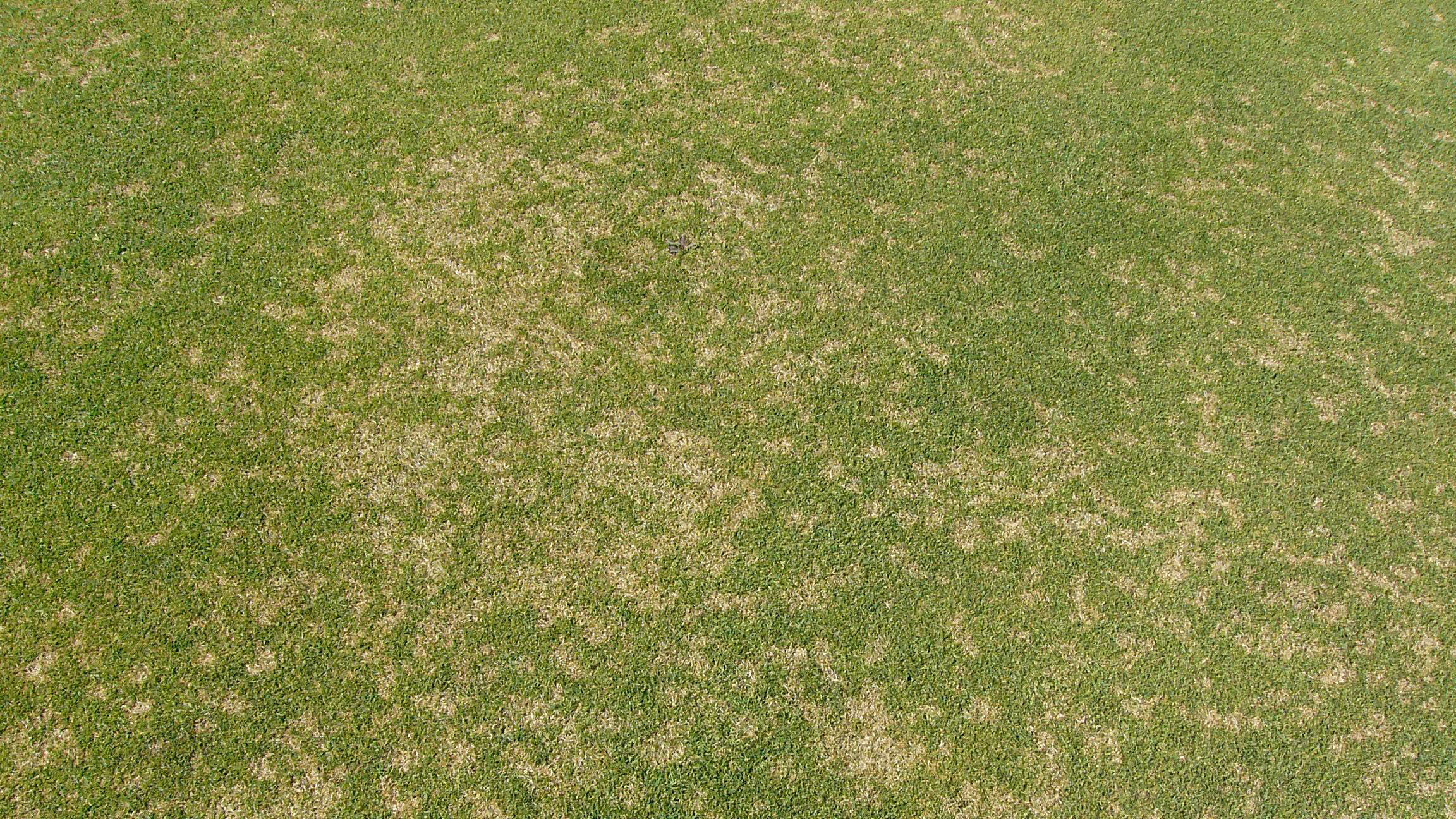
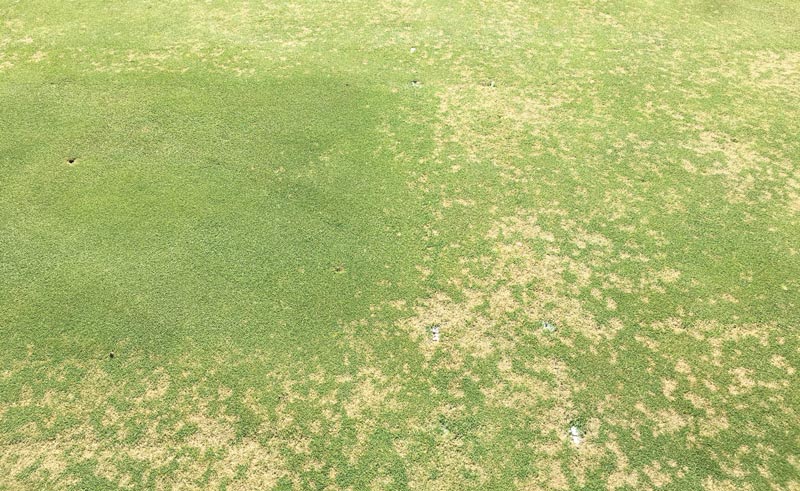


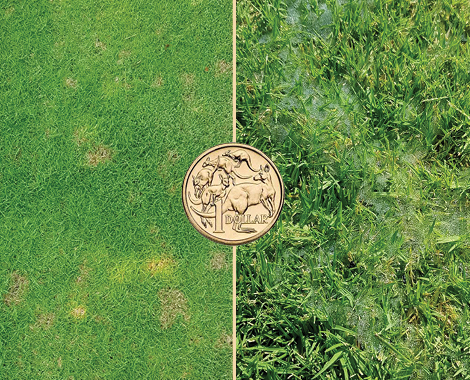
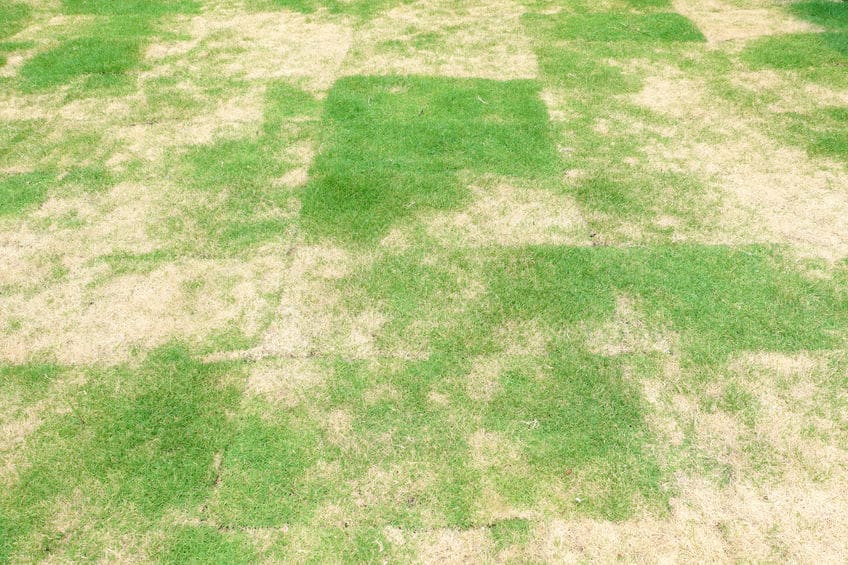
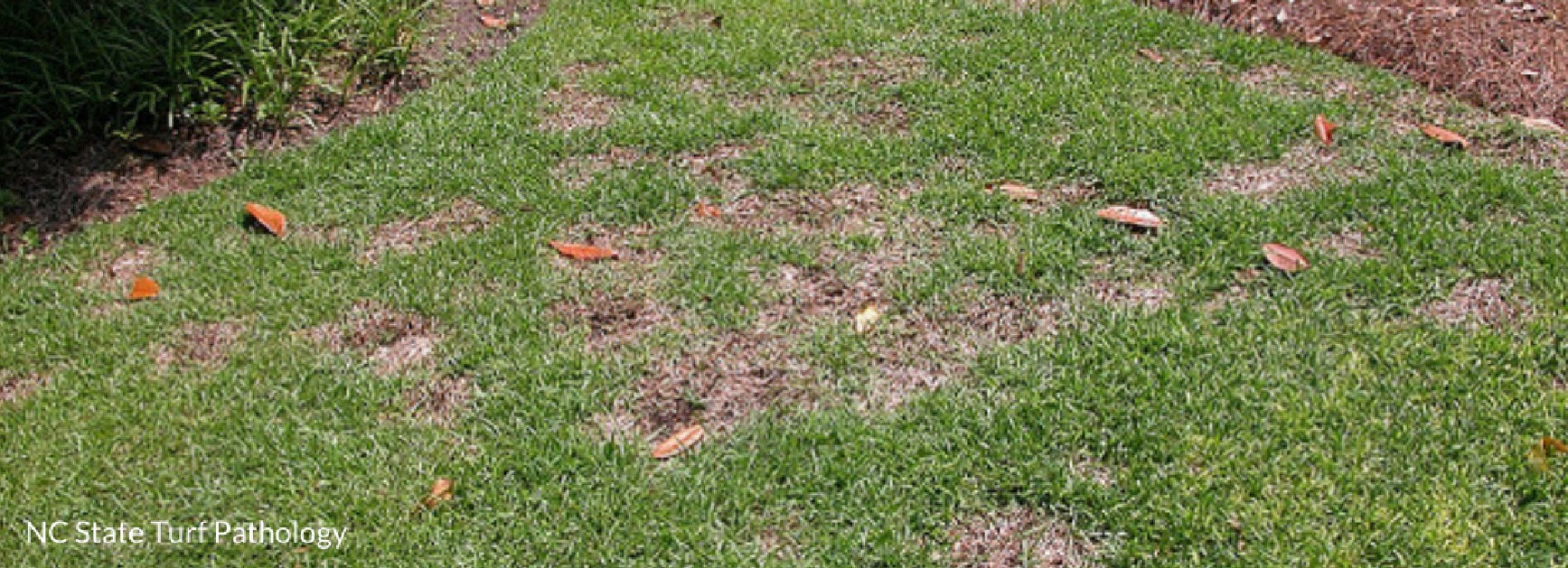



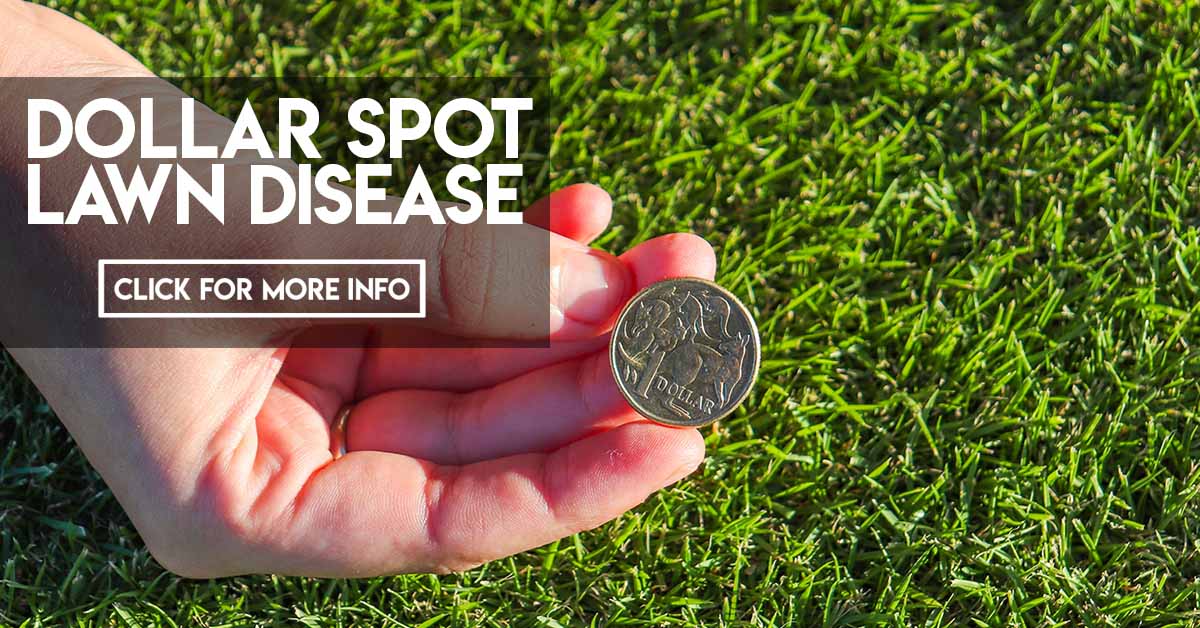
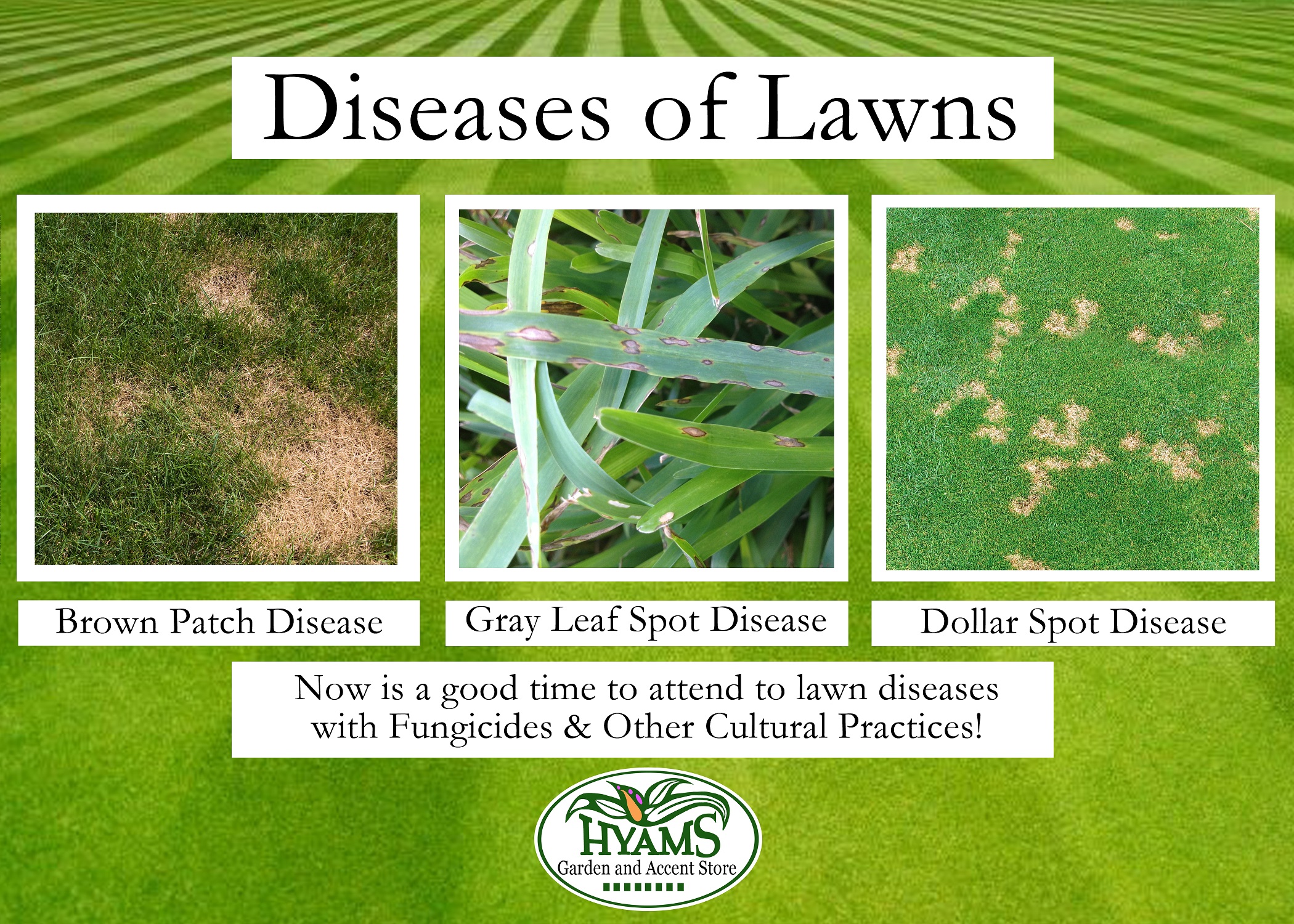

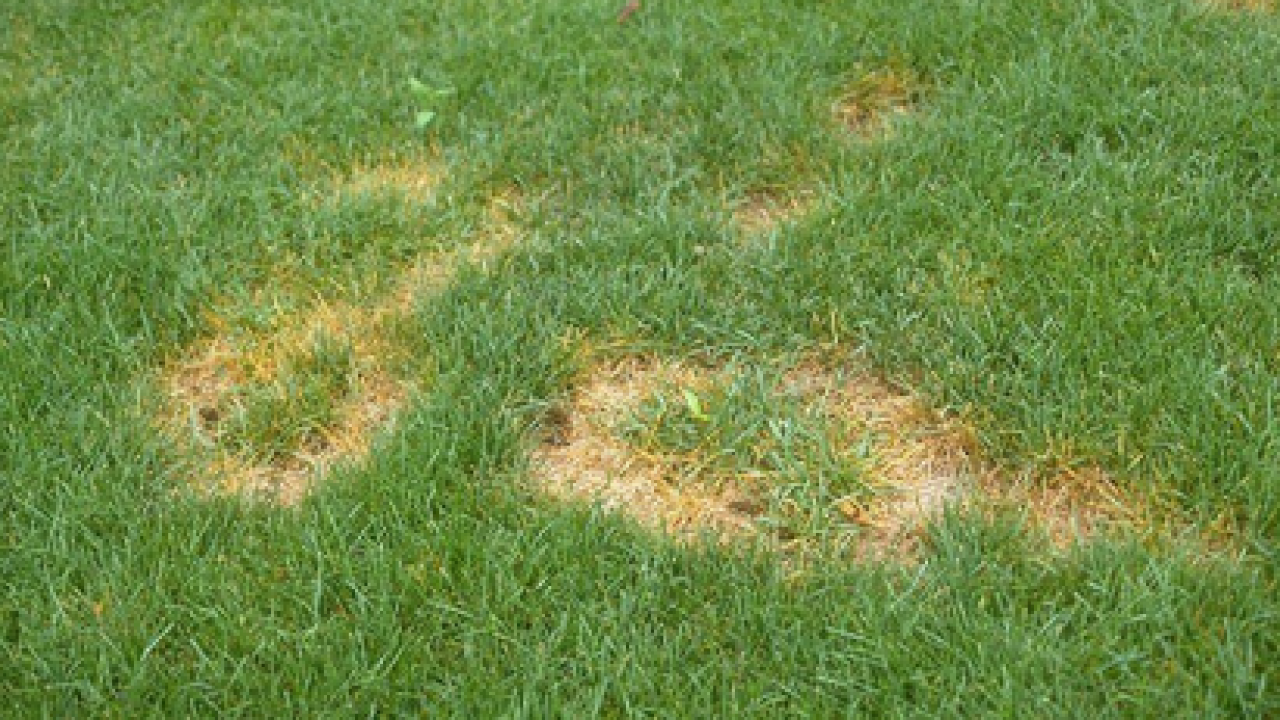


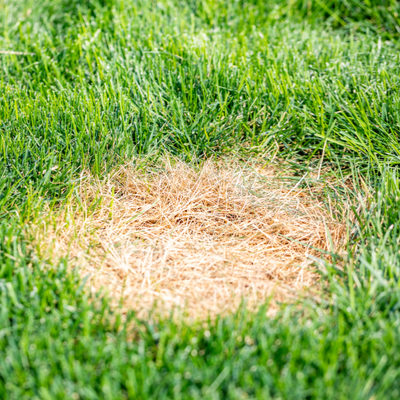

Post a Comment for "Dollar Spot Turf Disease"